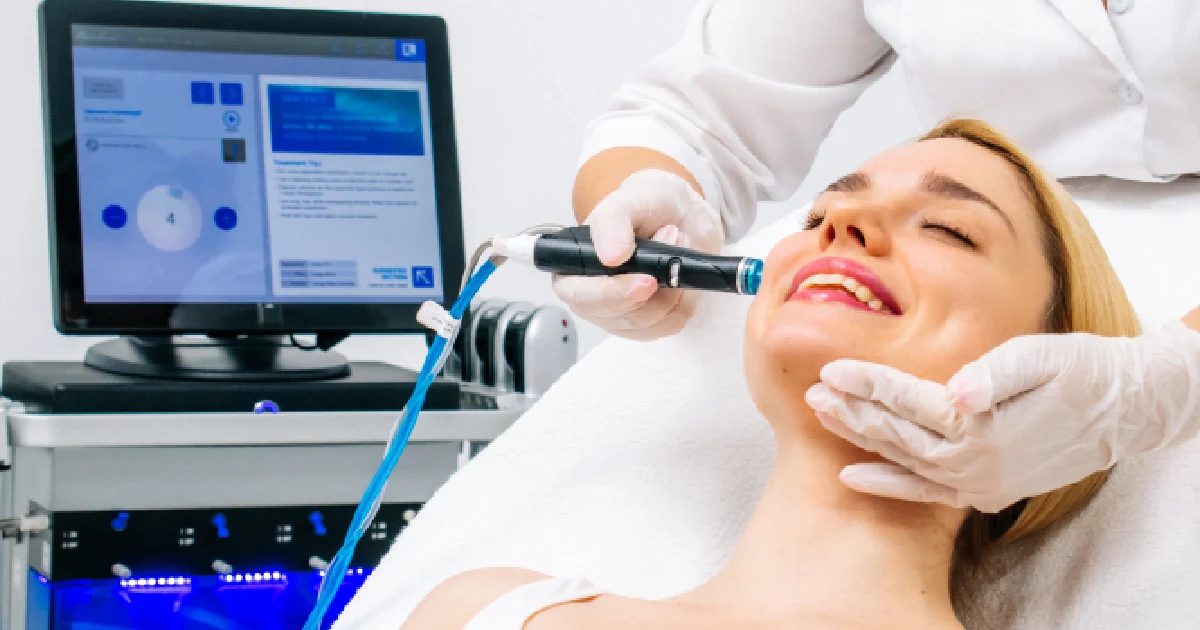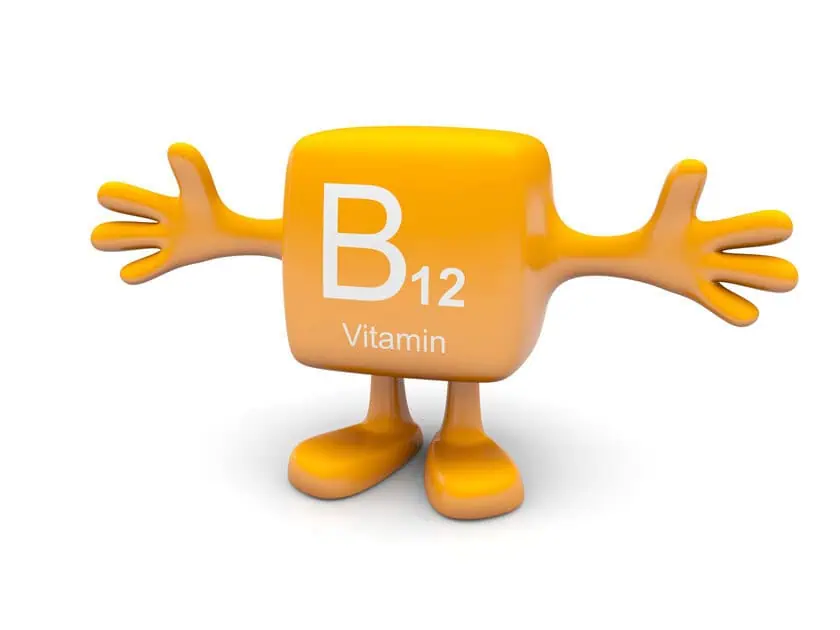The field of medical weight loss has seen significant advancements in recent years, offering new hope for individuals struggling with obesity and weight-related health issues. As our understanding of the complex factors influencing weight gain and loss continues to grow, innovative technologies and treatments are emerging to provide more effective, personalized solutions. In this article, we’ll explore some of the latest advances in medical weight loss technology and how they work to help patients achieve their weight loss goals.
Prescription Weight Loss Medications
Recent years have seen the development of several new prescription medications for weight loss, targeting various aspects of metabolism and appetite control.
GLP-1 Receptor Agonists
How they work:
- Mimic the action of the hormone GLP-1, which regulates appetite and food intake
- Slow gastric emptying, promoting feelings of fullness
- May improve insulin sensitivity
Examples:
- Semaglutide (Wegovy)
- Liraglutide (Saxenda)
Benefits:
- Significant weight loss potential (up to 15-20% of body weight)
- Improvements in cardiovascular health markers
Considerations:
- Administered via injection
- Potential side effects include nausea and gastrointestinal issues
Combination Medications
How they work:
Combine multiple mechanisms of action to address different aspects of weight control
Example:
- Phentermine-topiramate (Qsymia)
Benefits:
- May be more effective than single-agent medications
- Can address multiple factors contributing to weight gain
Considerations:
- Potential for more side effects due to multiple active ingredients
Endoscopic Bariatric Procedures
These minimally invasive procedures offer alternatives to traditional bariatric surgery, with reduced risk and recovery time.
Intragastric Balloons
How they work:
- A deflated balloon is inserted into the stomach endoscopically and then filled with saline
- Occupies space in the stomach, reducing food intake capacity
Benefits:
- Non-surgical option
- Reversible
- Can lead to significant short-term weight loss
Considerations:
- Temporary solution (balloon typically removed after 6 months)
- Potential for nausea and discomfort
Endoscopic Sleeve Gastroplasty (ESG)
How it works:
- Uses an endoscopic suturing device to reduce the size of the stomach
- Creates a sleeve-shaped restriction in the stomach, limiting food intake
Benefits:
- No incisions or permanent alterations to the digestive tract
- Shorter recovery time compared to traditional bariatric surgery
Considerations:
- Long-term efficacy still being studied
- May require lifestyle changes for sustained results
Neuromodulation Therapies
These technologies aim to influence the nervous system’s role in appetite and metabolism.
Vagal Nerve Blocking (vBloc Therapy)
How it works:
- An implantable device sends electrical pulses to block signals along the vagus nerve
- May reduce feelings of hunger and promote feelings of fullness
Benefits:
- No alterations to the digestive tract
- Can be adjusted or reversed if needed
Considerations:
- Requires a surgical procedure for implantation
- Long-term effects still being studied
Deep Brain Stimulation (DBS)
How it works:
- Electrodes are implanted in specific areas of the brain involved in appetite regulation
- May help control food cravings and reduce overeating
Benefits:
- Potential for significant weight loss in severe obesity
- May help address underlying neurological factors in weight gain
Considerations:
- Invasive procedure with potential risks
- Currently in experimental stages for weight loss
Advanced Body Composition Analysis
Accurate assessment of body composition is crucial for personalized weight loss strategies.
DEXA (Dual-Energy X-ray Absorptiometry) Scans
How they work:
- Uses low-dose X-rays to measure bone density, lean mass, and fat mass
- Provides detailed information about fat distribution in the body
Benefits:
- Highly accurate measurements
- Can track changes in body composition over time
Considerations:
- More expensive than traditional methods
- Limited availability in some areas
3D Body Scanning
How it works:
- Uses infrared sensors to create a 3D model of the body
- Measures body circumferences and volumes
Benefits:
- Quick and non-invasive
- Provides visual representation of body changes
Considerations:
- May not provide as detailed internal composition data as DEXA scans
Personalized Nutrition and Metabolism Analysis
Advanced testing methods are enabling more personalized approaches to nutrition and weight loss.
Genetic Testing for Weight Loss
How it works:
- Analyzes genetic markers associated with metabolism, nutrient processing, and exercise response
- Provides insights into personalized diet and exercise recommendations
Benefits:
- Tailored approach based on individual genetic profile
- May improve adherence to weight loss plans
Considerations:
- Genetic factors are just one aspect of weight management
- Interpretation of results requires expertise
Gut Microbiome Analysis
How it works:
- Analyzes the composition of gut bacteria through stool samples
- Provides insights into how gut health may be influencing metabolism and weight
Benefits:
- Can inform personalized dietary recommendations
- May help identify underlying issues affecting weight loss
Considerations:
- The field is still evolving, and interpretation of results can be complex
Wearable Technology and AI-Powered Apps
Advanced wearables and smartphone apps are revolutionizing how individuals track and manage their weight loss journey.
Continuous Glucose Monitors (CGMs)
How they work:
- Small sensors worn on the body continuously measure blood glucose levels
- Data can be used to optimize meal timing and composition for better blood sugar control
Benefits:
- Real-time feedback on how foods affect blood sugar
- Can help identify hidden sources of sugar spikes
Considerations:
- Traditionally used for diabetes management, now gaining popularity in weight loss
- May require a prescription
AI-Powered Diet and Exercise Apps
How they work:
- Use machine learning algorithms to analyze user data and provide personalized recommendations
- Can integrate data from wearables, food logs, and user feedback
Benefits:
- Highly personalized guidance
- Can adapt recommendations based on progress and preferences
Considerations:
- Effectiveness depends on accurate user input
- Privacy concerns regarding data collection and use
Non-Invasive Body Contouring Technologies
While not primary weight loss methods, these technologies can complement weight loss efforts by addressing stubborn fat deposits and improving body shape.
Cryolipolysis (CoolSculpting)
How it works:
Uses controlled cooling to freeze and eliminate fat cells in targeted areas
Benefits:
- Non-invasive with minimal downtime
- Can target specific problem areas
Considerations:
- Results are gradual and may require multiple treatments
- Not suitable for large-scale weight loss
Radiofrequency-Based Treatments
How they work:
Use radiofrequency energy to heat and destroy fat cells while tightening skin
Benefits:
- Can address both fat reduction and skin laxity
- Non-invasive with minimal discomfort
Considerations:
- Multiple treatments usually required
- Results can vary among individuals
Experience the State-of-The-Art Medical Weight Loss at 360 Med Spas Today!
The landscape of medical weight loss technology is rapidly evolving, offering more options than ever for individuals seeking to achieve and maintain a healthy weight. From advanced medications and minimally invasive procedures to personalized analyses and smart technologies, these innovations are making weight loss more accessible, effective, and tailored to individual needs.
However, it’s important to remember that successful weight loss and maintenance still require a comprehensive approach, including a healthy diet, regular physical activity, and behavioral changes. These technologies should be viewed as tools to support and enhance these fundamental aspects of weight management.
As with any medical intervention, it’s crucial to consult with healthcare professionals to determine the most appropriate weight loss strategies for your individual circumstances. With the right combination of advanced technologies and lifestyle modifications, achieving and maintaining a healthy weight is becoming more attainable for many individuals struggling with obesity and weight-related health issues.






